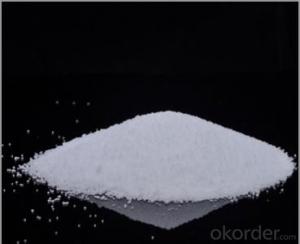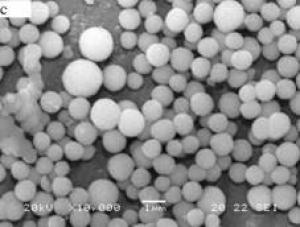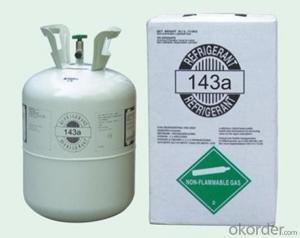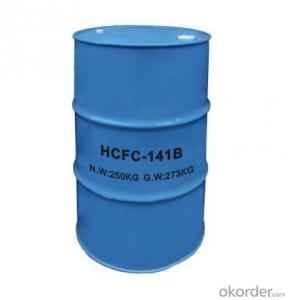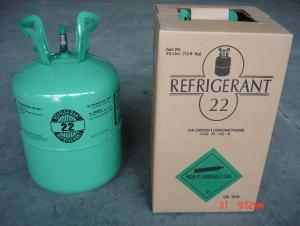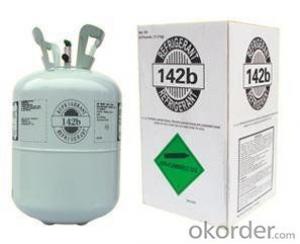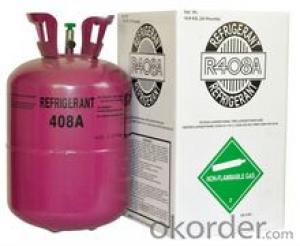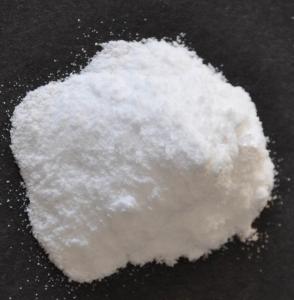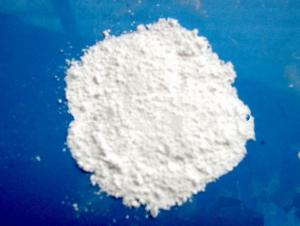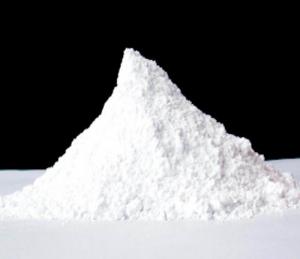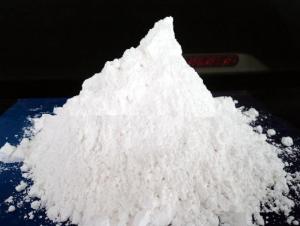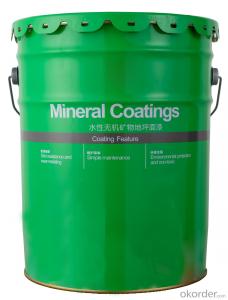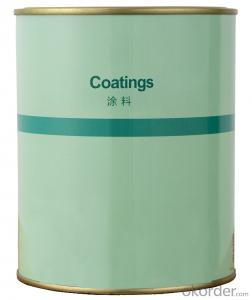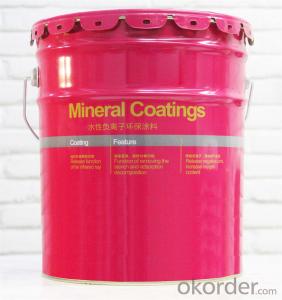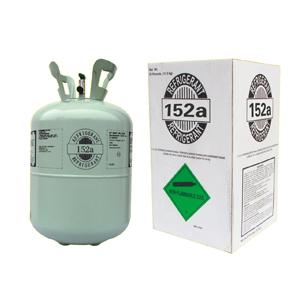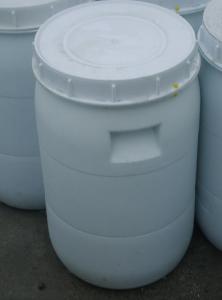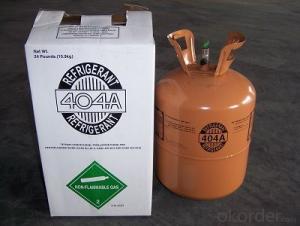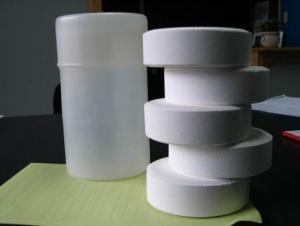Stearic Acid SA1825
- Loading Port:
- Tianjin
- Payment Terms:
- TT OR LC
- Min Order Qty:
- -
- Supply Capability:
- 8000MT/month m.t./month
OKorder Service Pledge
OKorder Financial Service
You Might Also Like
Stearic acid
Formula: C18H36O2
Structural Formula:CH3(CH2)16COOH
Product Description:
Shaped like Lump, flake; Saturated fatty acid mainly with C16 and C18, white flake solid at ambient temperature, not dissolved in water, slightly dissolved in benzene and carbon bisulfide, and easily dissolved in hot alcohol. No smell no poison. It has the general chemical properties of organic carboxylic acid.
Physicochemical Properties:
pure product is white with a shiny soft small pieces, melting point 69.6 degrees, the boiling point of 376.1 degrees. Relative density 0.9408, refractive index 1.4299, slowly volatile in the 90-100 degrees. Slightly soluble in cold water, soluble in alcohol, acetone, soluble in benzene, chloroform, ethyl ether, carbon tetrachloride, carbon disulfide, toluene and so on.
Specification:
Item | Index | |||||
Grade No. | 1842 | 1838 | 1820 | 1860 | 1870 | 1880 |
Iodine value gI2/100g ≤ | ≤5.0 | ≤5.0 | ≤5.0 | ≤6.0 | ≤7.0 | ≤8.0 |
Saponification value mgKOH/g | 206~211 | 206-213 | 214-216 | 193-220 | 193-220 | 192-218 |
Acid value mgKOH/g | 208~210 | 210~211.5 | 214-225 | 182-218 | 192-218 | 193-220 |
Chroma (Hazen) ≤ | ≤60 | ≤80 | ≤100 | 200-400 | ≤150 | 400 |
Freezing point °C | 54~57 | 54~57 | 55~57 | 54 | 52 | 52 |
Moisture % ≤ | ≤0.2 | ≤0.2 | ≤0.2 | ≤0.3 | ≤0.3 | ≤0.3 |
Inorganic acid % ≤ | 0.001 | 0.001 | 0.001 | 0.001 | 0.001 | 0.001 |
Suggest Uses:
Mainly for the production of stearic acid salts: Widely used system for cosmetics, plastic cold-resistant plasticizer, release agent, stabilizer, surfactants, rubber vulcanization accelerator, waterproof agent, polishing agent, metal soap, metal mineral flotation agent, softeners, pharmaceuticals, and other organic chemicals.
In addition, oil-soluble pigments can be used as solvents, crayons transfer slip agent, waxed paper lighting agent, stearic acid glyceride emulsifier, etc..
Packing :25/50kg in PP bag ,25MT/20GP
Product Storage:
in dry warehouse ventilation should be more than 10mm from the ground to avoid damp products in the above-mentioned conditions, from the date of delivery for one year shelf life.
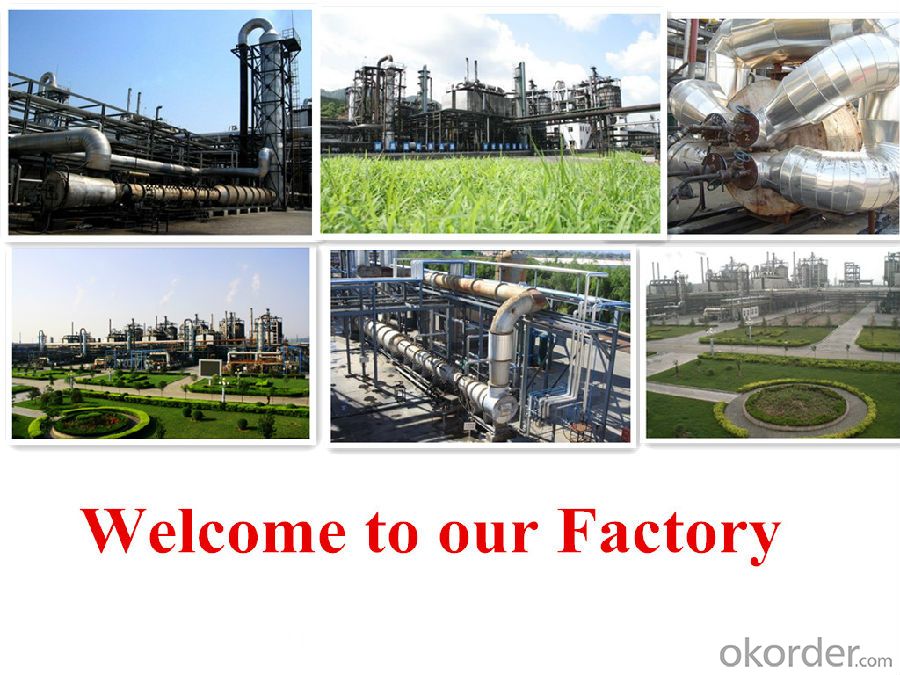

- Q:What happens to the neutralization reaction?
- The neutralization reaction takes place with the hydrogen and hydroxide groups of the acid and base. The carboxylic acid group contains hydrogen ions to react with the hydroxide.
- Q:Why does the hydrocarbon derivative make the bromine water fade and the hydrocarbon can not
- Should be able to ah and bromine water addition reaction and fade:
- Q:What are the gaseous states of the oxygen-containing derivatives of the hydrocarbons under the standard conditions?
- Hydrocarbon derivatives of oxygen in the standard conditions are gaseous formaldehyde.
- Q:The main role of sugar?
- Carbohydrates as an important body of nutrients, mainly divided into four categories: monosaccharides, disaccharides, oligosaccharides and polysaccharides.
- Q:The difference between carboxylic acid and ester
- When the problem is deduced, the carboxylic acid reacts with the base to form the carboxylate and water, and the ester reacts with the base to form the carboxylate and the alcohol
- Q:What is organic matter? Candle is organic?
- Organic matter refers to the addition: carbon, carbon monoxide, carbon dioxide, carbonated and carbonate carbon compounds
- Q:Are all carbon compounds all organic?
- Not ah, like CO, CO2, carbonated, carbonate is not ah
- Q:Hydrocarbons and hydrocarbon derivatives are not all non-electrolytes
- Hydrocarbons are, derivatives are not necessarily, such as organic acids (formic acid, acetic acid, etc.)
- Q:Simply talk about hydrocarbons
- Hydrocarbon is a hydrocarbon compound. The organic compound consisting only of carbon and hydrogen is called a hydrocarbon and a hydrocarbon, which reacts with chlorine, bromine vapor, oxygen, etc. to produce a hydrocarbon derivative, Hydrocarbons (and benzene) do not react with strong acids, strong bases, strong oxidants (eg potassium permanganate), but unsaturated hydrocarbons (olefins, alkynes, benzene homologues) can be oxidized or react with hydrogen halide The
- Q:What are the derivatives of hydrocarbons?
- In addition to the C and H elements, there are also one or more of O, X (halogen), N, S and other elements, such as methanol (CH3OH) learned from junior high school chemistry, (CH3Cl), nitrobenzene (C6H5NO2), and the like, which are mentioned in the previous chapter, are derivatives of hydrocarbons, such as ethanol (C2H5OH), acetic acid (CH3COOH)
1. Manufacturer Overview |
|
|---|---|
| Location | |
| Year Established | |
| Annual Output Value | |
| Main Markets | |
| Company Certifications | |
2. Manufacturer Certificates |
|
|---|---|
| a) Certification Name | |
| Range | |
| Reference | |
| Validity Period | |
3. Manufacturer Capability |
|
|---|---|
| a)Trade Capacity | |
| Nearest Port | |
| Export Percentage | |
| No.of Employees in Trade Department | |
| Language Spoken: | |
| b)Factory Information | |
| Factory Size: | |
| No. of Production Lines | |
| Contract Manufacturing | |
| Product Price Range | |
Send your message to us
Stearic Acid SA1825
- Loading Port:
- Tianjin
- Payment Terms:
- TT OR LC
- Min Order Qty:
- -
- Supply Capability:
- 8000MT/month m.t./month
OKorder Service Pledge
OKorder Financial Service
Similar products
New products
Hot products
Hot Searches
Related keywords
